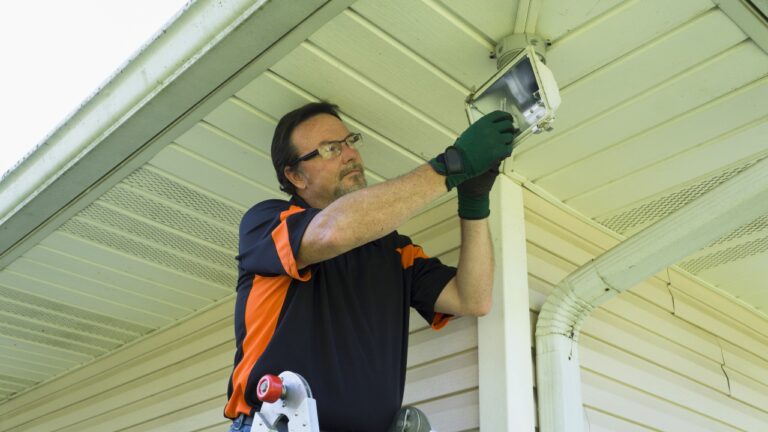12 DIY Home Fixes That Will Save You Hundreds This Year
You don’t have to be a contractor to knock out some surprisingly simple repairs that can save you real money over time. From stopping leaks to boosting efficiency, there are plenty of home fixes that take just a little time and effort—but pay off big when the utility bill comes or something expensive doesn’t break down. Here are 12 home projects you can knock out yourself and actually feel the savings without calling in a pro.
Fix a Leaky Faucet
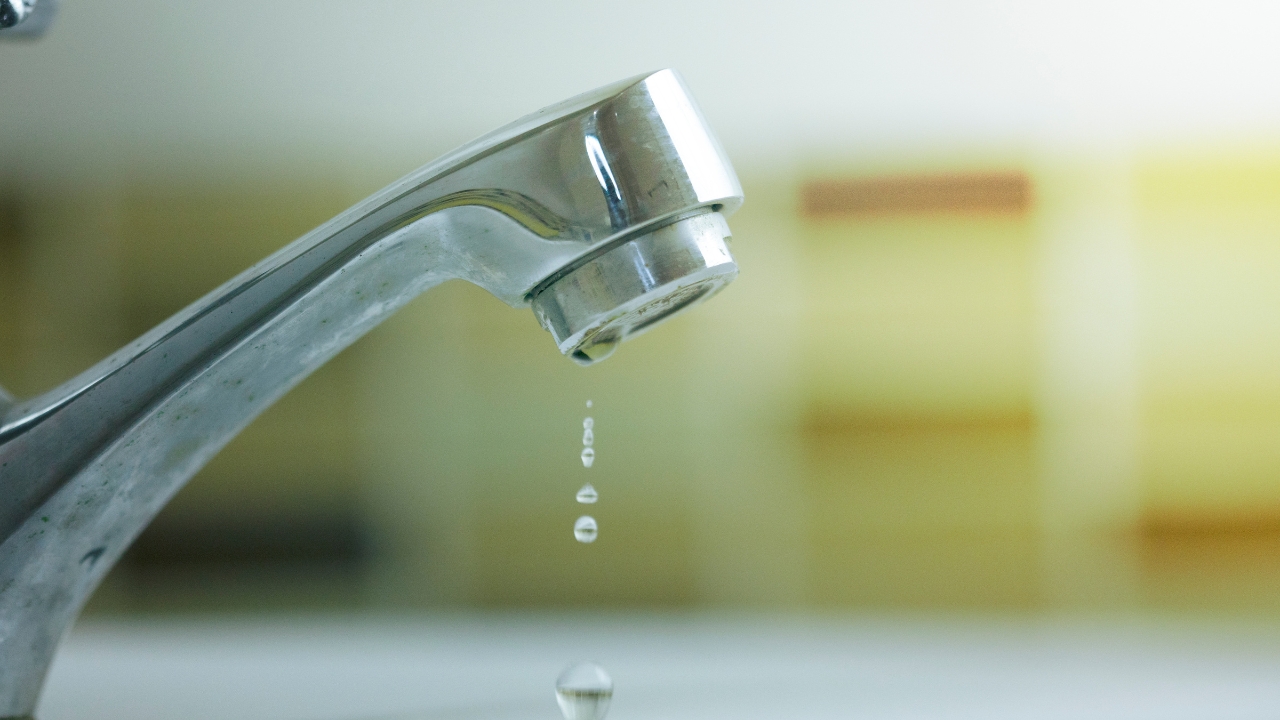
That steady drip might seem harmless, but it’s quietly running up your water bill. Most of the time, it’s just a worn-out washer or cartridge.
You don’t need fancy tools—just a wrench, some patience, and a replacement part. A quick YouTube search for your faucet model will show you how to get it done.
Replace Weatherstripping

If your doors or windows feel drafty, it’s probably time to swap out the weatherstripping. Gaps let your heated or cooled air escape and cost you year-round.
A roll of weatherstrip and an hour of your time can make a noticeable difference in how your home feels—and what you pay each month.
Clean Your Dryer Vent
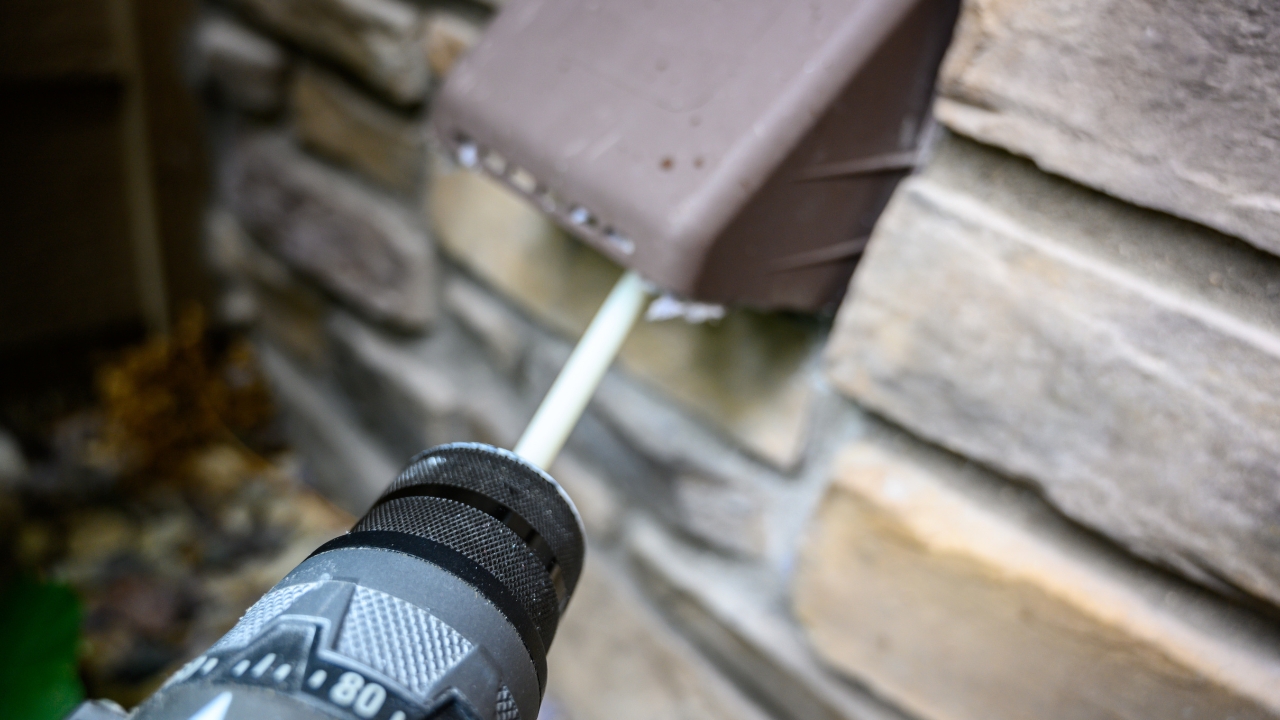
Lint buildup in your dryer vent isn’t just a fire hazard—it also makes your dryer run longer, using more electricity.
Grab a vent brush kit and clean out the whole line from inside to out. It’s a dirty job but takes less than an hour and helps your dryer last longer too.
Swap Out Old Thermostat
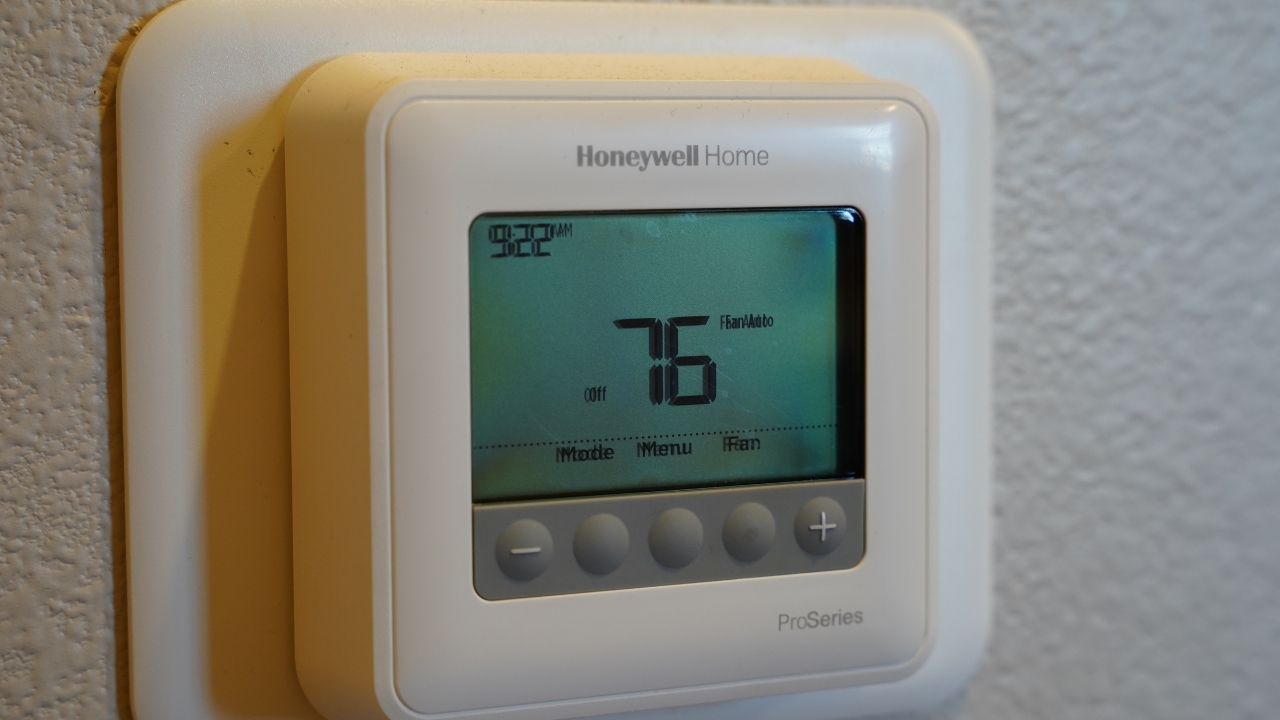
Upgrading to a programmable thermostat can cut your heating and cooling costs without any daily effort. And installing one is easier than you think.
Turn off the power, match the wires, and screw it into place. Most models walk you through setup step-by-step. You’ll start saving within the first month.
Seal Cracks with Caulk

Whether it’s around the tub, windows, or countertops, old cracked caulk lets in water and drafts—and eventually leads to damage.
Caulking is cheap, fast, and requires no skill beyond keeping a steady hand. Just peel out the old bead, clean the surface, and run a fresh line.
Replace Toilet Flapper
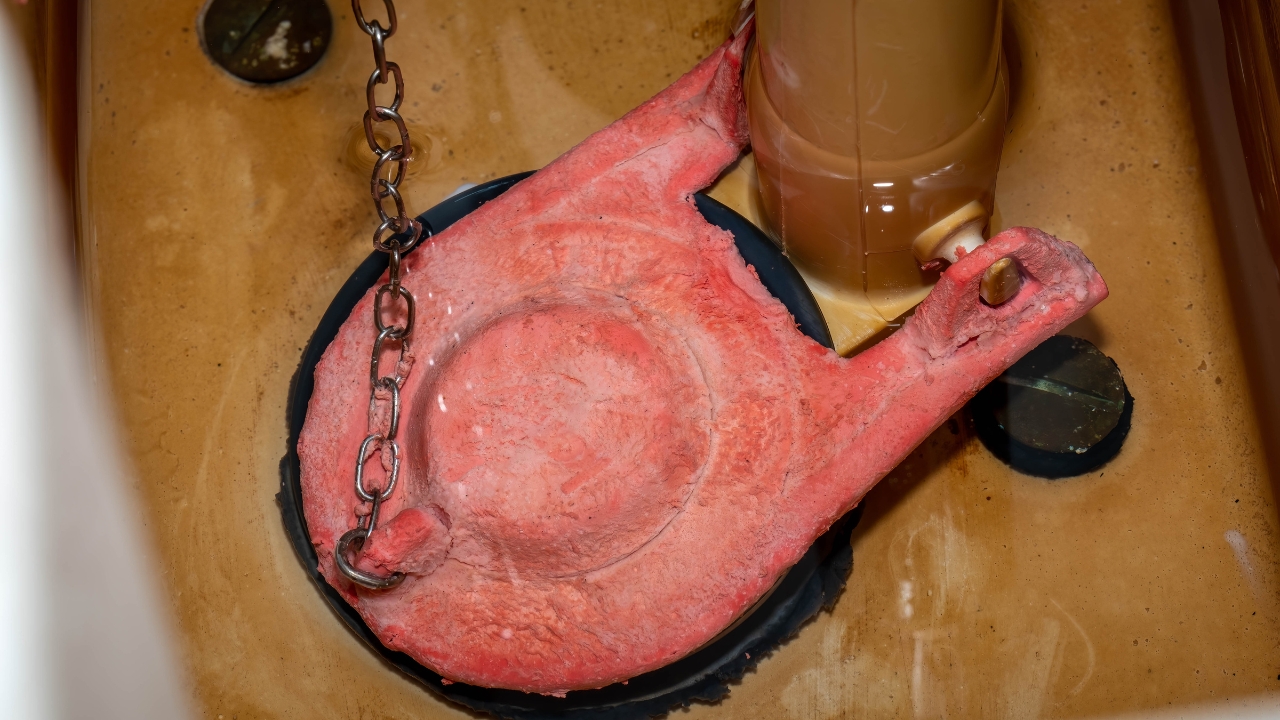
If your toilet keeps running after a flush, odds are the flapper’s worn out. That small rubber part can waste gallons of water a day.
You can get a universal replacement for a few bucks and install it in minutes. No plumber needed, just reach into the tank and make the switch.
Unclog Slow Drains
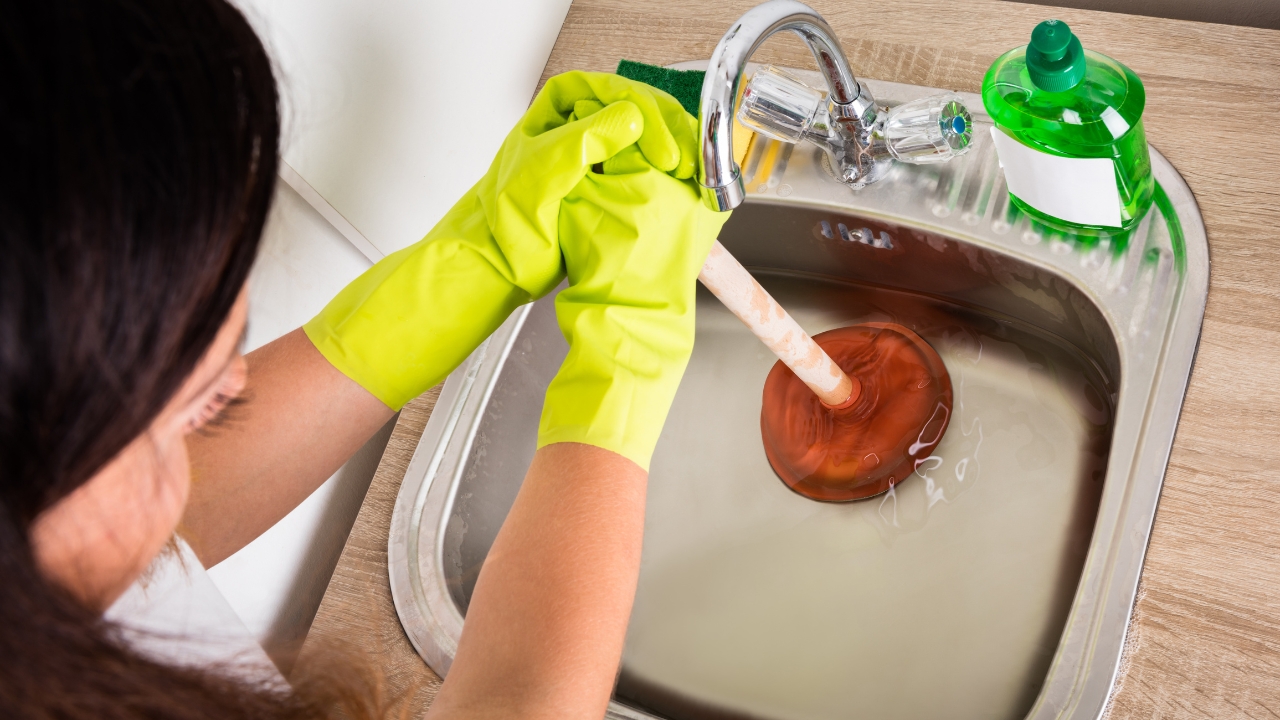
You don’t always need chemicals to fix a sink that’s draining slow. A zip-it drain tool or even a coat hanger can pull out the hair or gunk causing the backup.
Follow up with some baking soda and vinegar for good measure. It’s simple, cheap, and keeps water flowing like it should.
Replace HVAC Filters

A dirty air filter makes your heating and cooling system work overtime. That means higher bills and extra wear on your system.
Just swap the filter every few months—more often if you’ve got pets. It only takes a couple of minutes and can extend the life of your whole system.
Install Faucet Aerators
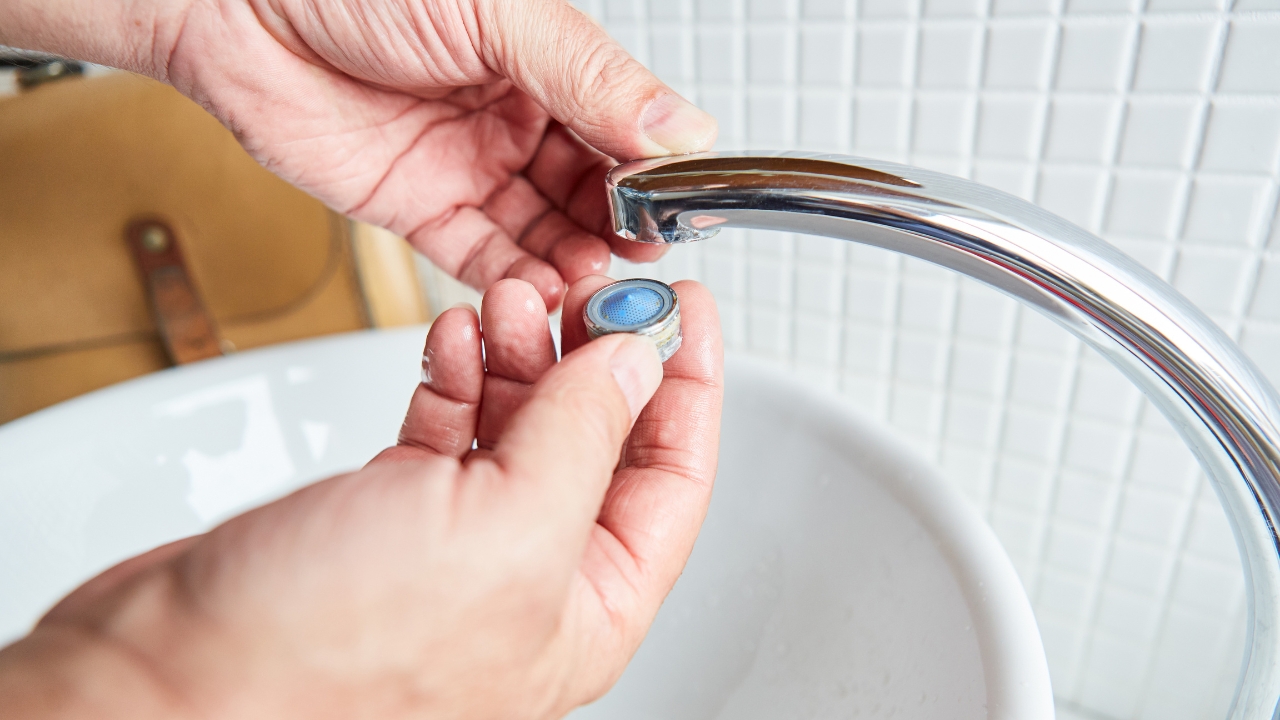
Faucet aerators cut down on water use without affecting pressure. And they screw right onto the faucet head—no tools needed.
They’re cheap and can shave a decent chunk off your water bill over time. Great for bathroom sinks or anywhere you don’t need full blast.
Touch Up Exterior Paint

Chipped or peeling exterior paint doesn’t just look bad—it lets in moisture that can rot wood and cause expensive damage.
Touching up those spots before they spread can buy you years before a full repaint. Just sand the area, prime if needed, and brush on the match.
Insulate Your Water Heater

If your water heater feels hot to the touch, it’s losing heat—and costing you money. A simple insulating blanket wraps around it and helps keep that heat where it belongs.
Just make sure not to cover any vents or warning labels. It’s a quick project that can lower your energy bill every month.
Replace Outlet and Switch Covers
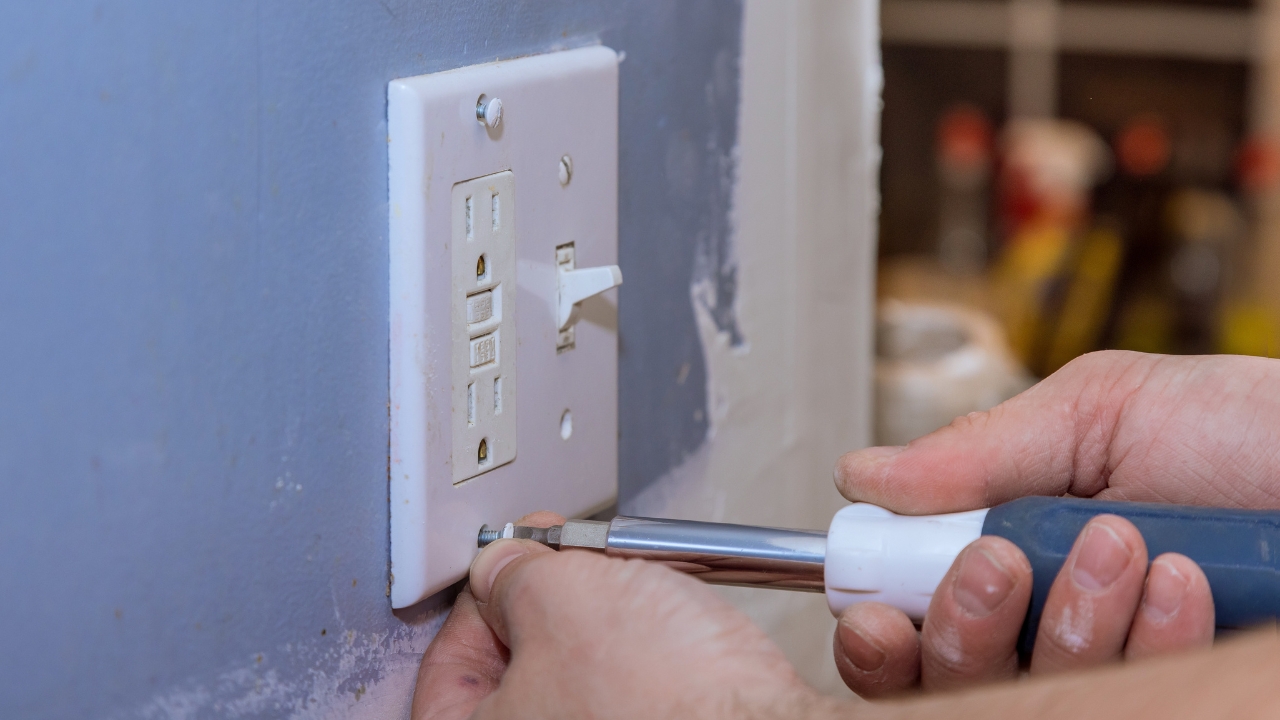
Cracked or missing covers around outlets and switches let in air and dust. It’s subtle, but over time it adds up.
Pop off the old ones, put on new ones, and consider adding foam gaskets behind them for extra insulation. It’s one of those little fixes that helps your home feel tighter and more efficient.
*This article was developed with AI-powered tools and has been carefully reviewed by our editors.


